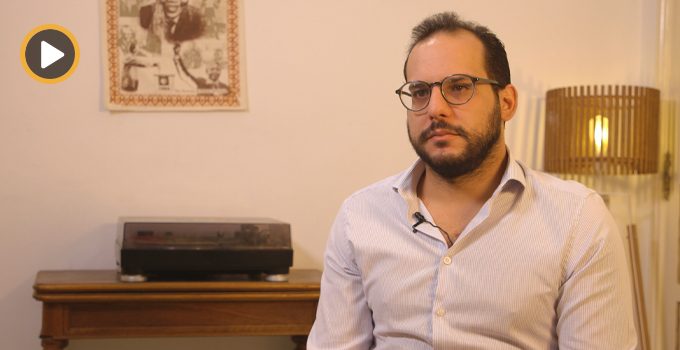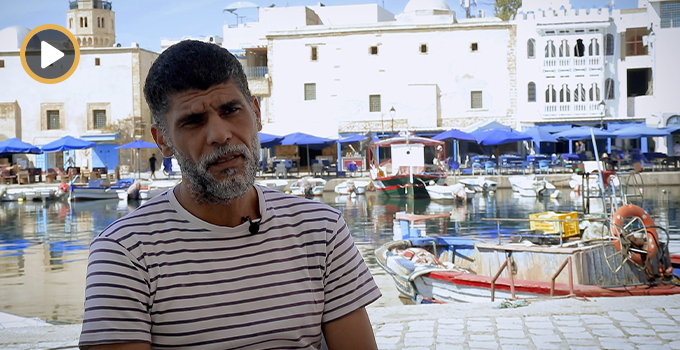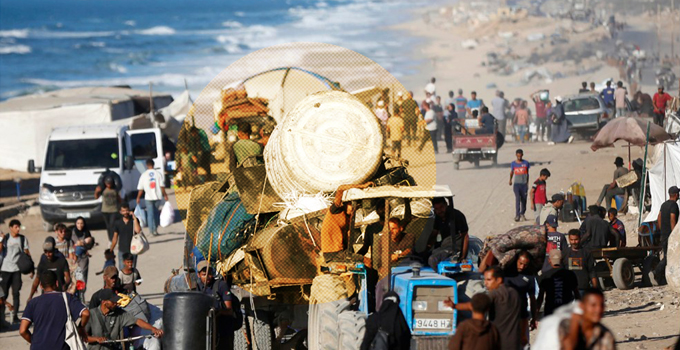Due to capital flows restrictions, shallow financial markets and conservative exchange rate policies, the Maghreb—Morocco, Algeria, and Tunisia—escaped the first wave of the global crisis, unlike most developing regions. However, it has been severely affected by dramatic falls in commodity prices, world trade, remittances, and foreign investment. Abundant rainfall has rescued the large agricultural sectors in Morocco and Tunisia, and a large public investment boost is mitigating the effects of the crisis in Algeria. Despite expectations of positive economic growth for 2009 in the Maghreb, major fiscal and social challenges still lie ahead.
A Diverse Group, Dependent on Europe
Following an average economic growth rate of 5 percent in 2008, the Maghreb countries have seen an economic slowdown since early 2009. However, the Maghreb is far from homogeneous, and prospects for each country differ. Algeria is an oil exporter with a weakly diversified economy, a large public sector and a relatively strong external position. Morocco and Tunisia, on the other hand, are oil importers with more diversified economies that are nonetheless excessively dependent on the European business cycle.
The Maghreb escaped the first wave of the global crisis, unlike most developing regions.
All three countries, however, are trapped in a murky tunnel with no clear end in sight. The timid recovery of their main partner, Europe, is unlikely to have an immediate impact on their economies. Furthermore, there are fears—founded or not—that the financial crisis may have durably affected European growth and pushed the region toward protectionism.
The Good News: Public Investment and Agriculture Help
Despite these concerns, there is some encouraging news for the Maghreb countries: all three are projected to grow in 2009.
An increase in government investment programs has catalyzed Algeria’s growth. The country had successfully reduced its external debt to 3 percent of GDP prior to the crisis, putting it in a better fiscal position to finance infrastructure and boost economic diversification now. In addition, it had accumulated large foreign exchange reserves, totaling nearly $140 billion at the end of 2008, from high hydrocarbon prices, and can now use them.
Agriculture, which benefitted from this year’s generous rainfall, drove positive growth in both Morocco and Tunisia. The sector’s contribution to domestic production is high—16 percent in Morocco and 11 percent in Tunisia—and it provides employment to 40 percent and 20 percent of their labor forces, respectively. As a result, household consumption in rural areas has risen and food imports have declined.
The Bad News: Trade Shock
However, non-agricultural activities have slowed in Morocco and Tunisia in 2009. Manufacturing, which represents 17 percent of GDP in both countries and employs 12 percent and 20 percent of the labor force in Morocco and Tunisia, respectively, is contracting. Due to the countries’ high dependence on European markets—80 percent of Tunisia’s total exports and 70 percent of Morocco’s end up there—Europe’s severe recession translated into lower demand for their manufacturing sectors.
All three countries, however, are trapped in a murky tunnel with no clear end in sight.
Authorities in both countries reacted swiftly in early 2009 with rescue packages focused on preserving employment, easing banking credit and supporting marketing initiatives. However, due to their ineffective implementation and narrow scope, the packages apparently failed to have a significant impact. Both Morocco and Tunisia recorded significant job losses in manufacturing over the first six months of 2009 and failed to stop the decline in their exports.
As a consequence, Morocco’s trade deficit has worsened, and its import coverage sharply contracted to 44 percent at the end of June 2009 from 54 percent one year earlier. Its foreign reserves, which now cover about seven months of imports, have also been affected by the deterioration of foreign direct investment inflows (-34.5 percent) and the significant drop in remittances (-12.5 percent).
Although Tunisia’s foreign exchange reserves can only cover five months of imports, the country’s external position remains relatively sound. First, its import-coverage ratio amounted to 79 percent at the end of June 2009, down only 3 percent from one year earlier. Second, although foreign direct investment dropped 36 percent in the first half of 2009, tourism revenues increased almost 5 percent and remittances improved by 8 percent over that same period. Tunisians working abroad are generally more qualified and thus have been less affected by the downturn than their Moroccan counterparts.
However, both Morocco and Tunisia face the risk of a burgeoning external deficit in the face of a sluggish international recovery. In 2008, the current account deficit stood at 5.2 percent and 4.2 percent of GDP in Morocco and Tunisia, respectively, and both are expected to worsen significantly by the end of 2009. The risk is higher for Morocco, given its existing, large trade deficit and the fact that oil prices are rising. However, Morocco is also reaping the benefits of its external debt reduction efforts, with its debt now estimated at 20 percent of GDP compared to 50 percent in Tunisia.
Due to the countries’ high dependence on European markets, Europe’s severe recession translated into lower demand for the Maghreb.
While Algeria boasted the Maghreb’s best fiscal position before the crisis, its economy has still suffered due to the large declines in oil prices since their peak. Hydrocarbons account for 97 percent of Algeria’s exports and 70 percent of its fiscal revenues. As a result, its external and fiscal revenues both declined sharply (-43 and -22 percent, respectively) in the first half of 2009.
Due to its oil-dependence and weak governance, Algeria’s concerns are largely structural. The country’s business environment is still lagging behind, with poor infrastructure, inefficient administration and unpredictable legal and regulatory frameworks. The government did recently adopt a supplementary finance act to accelerate economic diversification through incentives to non-hydrocarbon sectors and to support public infrastructure. At the same time, it also imposed restrictions on imports, foreign investment, and credits to consumers, all of which are likely to hinder economic transformation by impeding product-diversification and technological progress.
Policy Confronts Macro and Social Challenges
Both Morocco and Tunisia face the challenge of maintaining sustainable macroeconomic balances while temporarily supporting their economies through public investment and incentives to boost household consumption. Both countries have increased their minimum wages to satisfy rising social demands, and Morocco has reduced its income taxes. As a result of their improved fiscal positions over the last few years, both have the option of increasing public investment without threatening macroeconomic stability in the short term. Additional debt is inescapable; however, as export debt service ratios in both countries are under 10 percent, it remains affordable for now.
In the absence of any safety nets in the region, unemployed individuals rely on informal networks and poorly-paid occasional jobs.
In addition, both need to ease their monetary policy and cut interest rates. So far, interest rate cuts, along with reduced reserve requirement ratios, have had only a limited impact. However, there is room to further cut the cost of credit—which has held at 3.25 percent in Morocco since March and 4.5 percent in Tunisia since February—without risking inflation. In Morocco, the cost of living index and the underlying inflation indicator both decreased in June 2009 (y.o.y) by 0.9 percent and 0.5 percent, respectively. Similarly, inflation in Tunisia in 2009 is expected to be less than 3 percent according to the Central Bank of Tunisia, down from 5 percent in 2008. However, non-performing loans in Tunisia, estimated at 17 percent, may constrain monetary policy in that country.
The Maghreb countries also face high unemployment rates. Though unemployment insurance did exist in Algeria, it has been suspended since 2005. Now, in the absence of any safety net schemes in the region, unemployed individuals rely instead on informal networks and poorly-paid occasional jobs. Increased minimum wages and reduced income taxes will not trickle down to these working poor. Currently, there are huge regional inequalities and large gaps between urban and rural areas in the three countries. Public investments need to target all social classes, rural and urban alike, for a more inclusive growth process. Failure to do so will provide fertile ground for destabilizing social tensions.
Lahcen Achy
Carnegie Endowment for International Peace
International Economic Bulletin, September 2009




[…] from: The Maghreb and the Global Economic Crisis: When Does the Tunnel … Share and […]
[…] original here: The Maghreb and the Global Economic Crisis: When Does the Tunnel … Share and […]